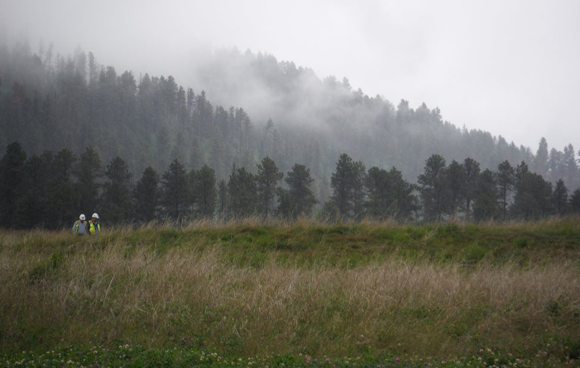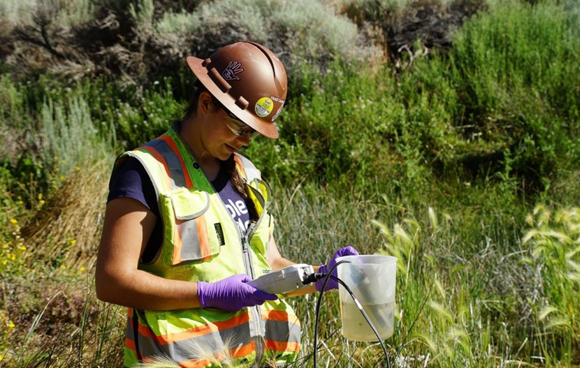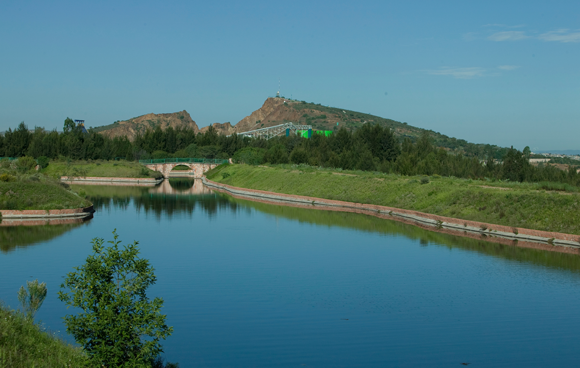
Modern, Sustainable Mining
Reducing the impact on the environment is a priority of Silver Institute mining and refining member companies. Consideration of both current and potential environmental challenges is an integral part of the mining life cycle. They aim to mitigate the environmental impact of their operations and have comprehensive environmental management programs to meet regulatory standards and address risk management. We strive to develop responsibly, meeting the needs of today without compromising the needs of future generations.
Understanding environmental impacts, including greenhouse gas and air emissions, energy consumption, waste generation, land disturbance, aquatic and terrestrial flora, and fauna diversity, water quality, and water usage, are a few of the factors we focus on from initial site design through operations to post-mine closure.
Extensive environmental assessments are conducted prior to the construction and expansion of our mines. These assessments are essential for proper mine planning, operations, and implementation of environmental controls for operation and closure. Comprehensive environmental management plans in conjunction with topic-specific plans at each site provide guidance on how to implement our environmental initiatives, meet regulatory standards and protect our environment throughout the lifecycle of the mine.
Each operation undergoes an extensive public permitting process and is subject to numerous Federal, State and local regulatory programs. Our members routinely engage with our communities and stakeholders through all phases of the mine life cycle.

Water
Mining and processing of silver require large volumes of water. Access to water is often a relevant issue for the communities. Therefore, securing access and being responsible water stewards are critical success factors. The mining and refining companies of the Silver Institute are committed to water-efficient operations and cooperation with communities, authorities and NGO’s. Closed water circuits, reuse of wastewater and rainwater harvesting are some examples of the efforts to reduce the water footprint of silver.

Biodiversity
Our mining and refining members aim to responsibly manage the land and its biodiversity throughout the lifecycle of a silver mine. Before developing any mining project, companies conduct Environmental Impact Assessments (EIAs), which identify potential impacts and the actions required to avoid or mitigate them. Relocation of species and reforestation are some examples of measures to protect biodiversity.

Mineral Waste Management
While very rare, recent tailings incidents have served as a reminder of the critical nature of Tailing Storage Facilities (TSFs). Silver Institute mining companies are fully committed to addressing the expectations of its stakeholders by designing, building, operating, and reclaiming their TSFs responsibly. Silver Institute mining companies adhere to the regulatory requirements regarding tailings management at their mining sites. Plans and risk management procedures are developed and implemented as an initial step in the mine lifecycle. In addition to the many engineering and administrative controls in place, regular geochemical testing of tailings and other controls provide information to manage tailings dams and materials. Regular inspections by regulatory officials assist us in complying with all regulations and standards within each jurisdiction.
